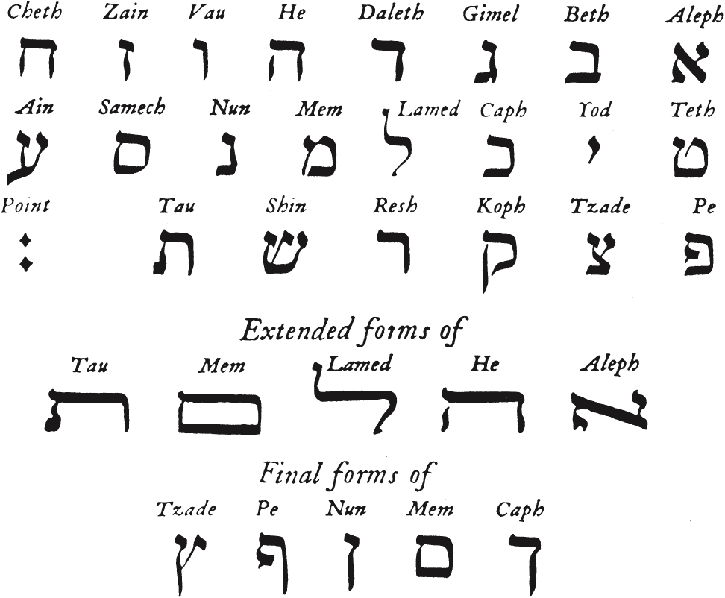

Transcription of the divine name as ΙΑΩ in the 1st-century BCE Septuagint manuscript 4Q120 To rectify this, some scholars proposed that the Tetragrammaton represents a substitution of the medial y for w, an occasionally attested practice in Biblical Hebrew as both letters function as matres lectionis others proposed that the Tetragrammaton derived instead from the triconsonantal root הוה ( h-w-h), "to be, constitute", with the final form eliciting similar translations as those derived from h-y-h.Īs such, the consensus among modern scholars considers that YHWH represents a verbal form, with the y- representing the third masculine verbal prefix of the verb hyh "to be", as indicated in the Hebrew Bible. although this would elicit the form Y-H-Y-H (יהיה), not Y-H-W-H.

This would frame Y-H-W-H as a derivation from the Hebrew triconsonantal root היה ( h-y-h), "to be, become, come to pass", with a third person masculine y- prefix, equivalent to English "he", thereby affording translations as "he who causes to exist", "he who is", etc. The Hebrew Bible explains it by the formula Ehye ašer ehye (" I Am that I Am"), the name of God revealed to Moses in Exodus 3:14. (or often a silent letter at the end of a word) , or placeholder for "O"/"U" vowel (see mater lectionis) The letters, properly written and read from right to left (in Biblical Hebrew), are: Common substitutions in Hebrew are Adonai ("My Lord") or Elohim (literally "gods" but treated as singular when meaning "God") in prayer, or HaShem ("The Name") in everyday speech. Observant Jews and those who follow Talmudic Jewish traditions do not pronounce יהוה nor do they read aloud proposed transcription forms such as Yahweh or Yehovah instead they replace it with a different term, whether in addressing or referring to the God of Israel. The books of the Torah and the rest of the Hebrew Bible except Esther, Ecclesiastes, and (with a possible instance of the short form יה in verse 8:6) the Song of Songs contain this Hebrew name. While there is no consensus about the structure and etymology of the name, the form Yahweh is now accepted almost universally, though the vocalization Jehovah continues to have wide usage. The name may be derived from a verb that means "to be", "to exist", "to cause to become", or "to come to pass". The four letters, written and read from right to left (in Hebrew), are yodh, he, waw, and he. The Tetragrammaton ( / ˌ t ɛ t r ə ˈ ɡ r æ m ə t ɒ n/ from Ancient Greek τετραγράμματον ( tetragrámmaton) ' four letters'), or the Tetragram, is the four-letter Hebrew theonym יהוה ( transliterated as YHWH or YHVH), the name of God in the Hebrew Bible. For example, final kaf has Unicode value U+05da and kaf has value U+05db.The Tetragrammaton in Phoenician (12th century BCE to 150 BCE), Paleo-Hebrew (10th century BCE to 135 CE), and square Hebrew (3rd century BCE to present) scripts Unicode lists the final forms of letters come before the ordinary form. Here’s the corresponding table for vowel points ( niqqudim). The post on cjhebrew explains, for example, that it uses capital letters for final forms of Hebrew letters. The former doesn’t need to be unique, but the latter does. The cjhebrew package is trying to use mnemonic ASCII sequences to map into Hebrew. The unidecode module is trying to pick the best mapping to ASCII characters. The transliterations are pretty similar, despite different design goals.

I’ve abbreviated the column headings to make a narrower table. Here’s a comparison of the transliterations used in cjhebrew and unidecode. Also if ord('א') doesn’t work for you, you can replace it with 0x05d0. I wrote 22 + 5 rather than 27 above to give a hint that the extra values are the final forms of five letters.
Hebrew written in english letters code#
Here’s a short bit of code to display unidecode‘s transliterations of the Hebrew alphabet. It might, for example, help in searching some text for relevant content worth the effort of a proper translation. It takes in the smallest context possible-one character-and is utterly devoid of nuance, but it still might be good enough for some purposes. I started to say it’s no substitute for a proper translation, but in fact sometimes it is a substitute for a proper translation. Transliteration is a crude approximation. I wondered how the two compare, and so this post will answer that question. That reminded me of unidecode, a Python package for transliterating Unicode to ASCII, that I wrote about before. Yesterday I wrote about cjhebrew, a LaTeX package that lets you insert Hebrew text by using a sort of transliteration scheme.


 0 kommentar(er)
0 kommentar(er)
